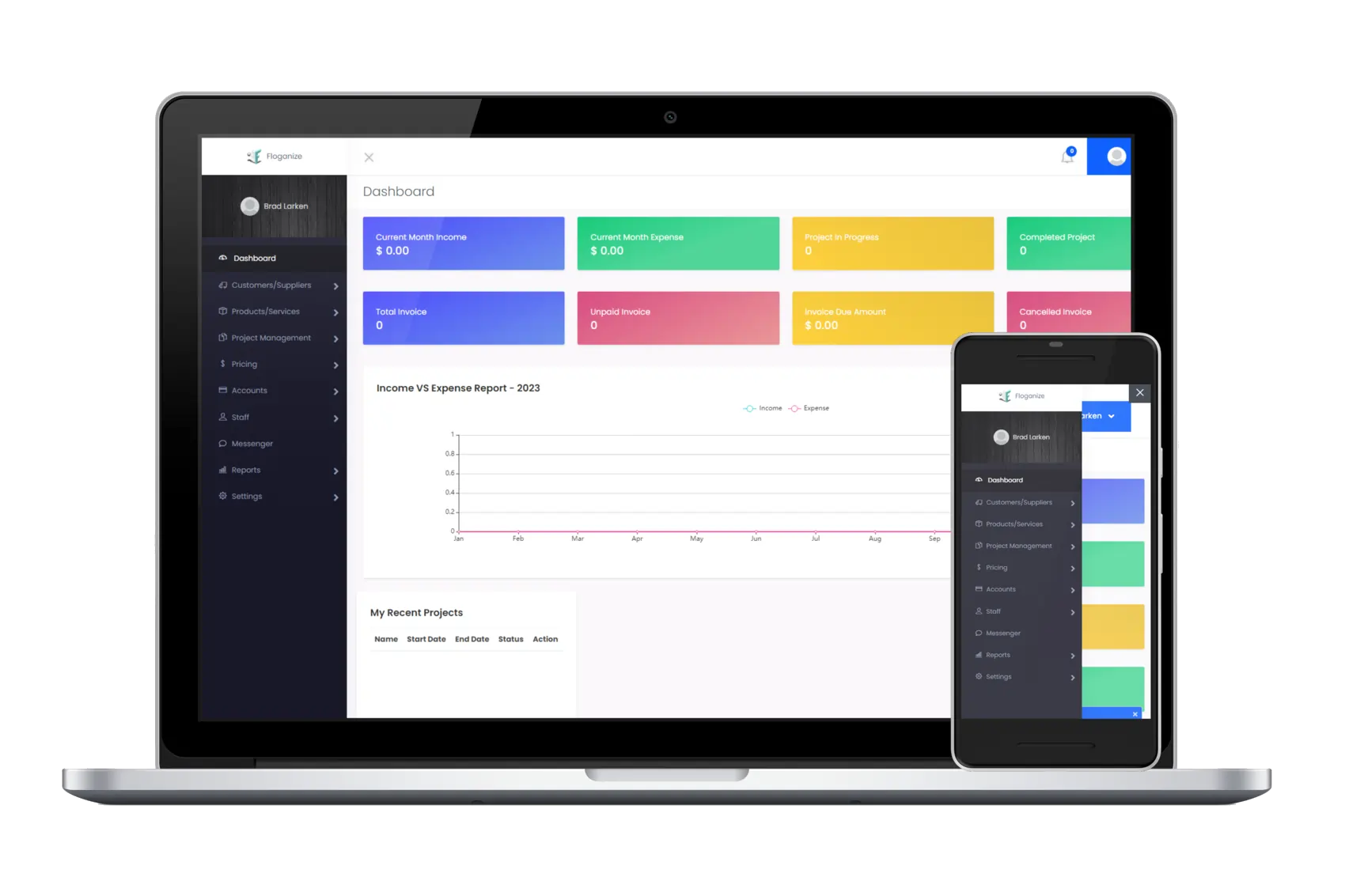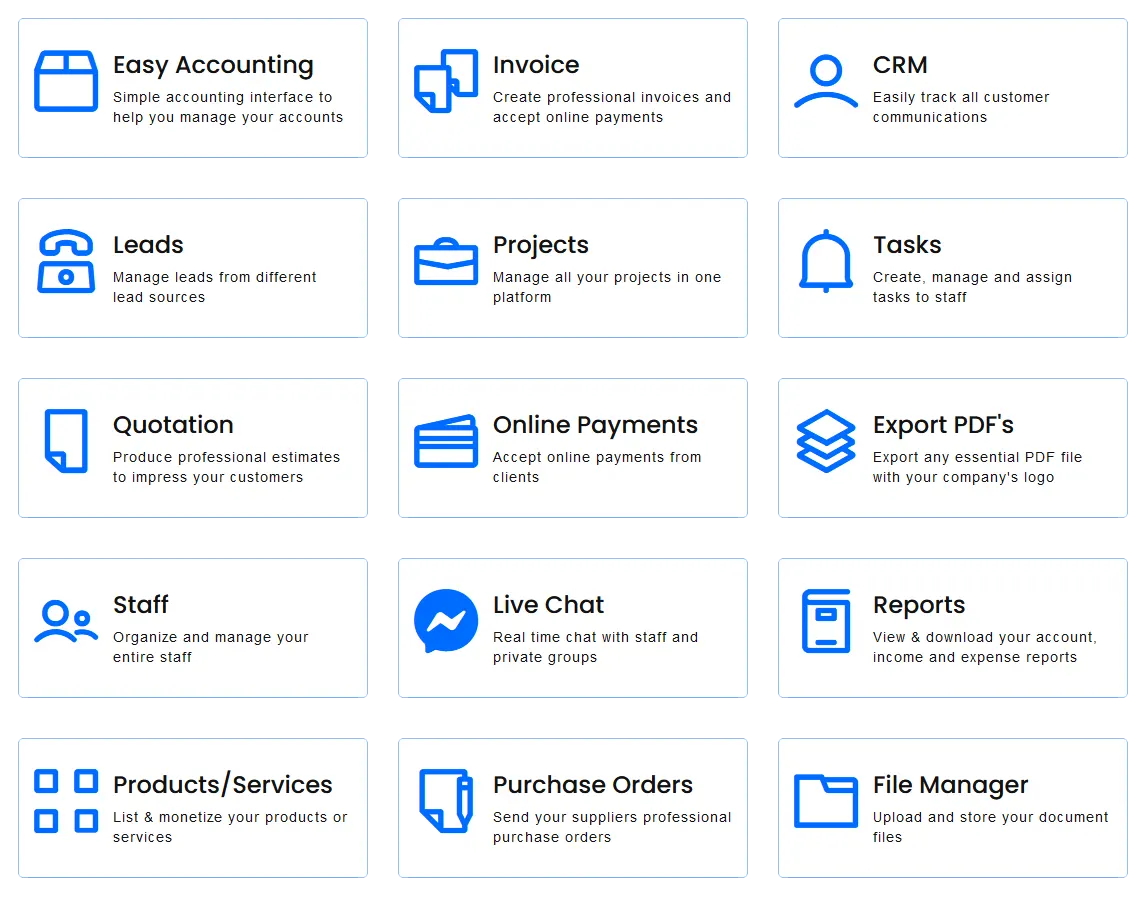The Ultimate Guide to Writing a Project Plan
Any project’s success depends on the creation of a project plan. The objectives, milestones, deliverables, and goals of a project are described in a project plan. It also assigns accountability for each work and offers a timetable for the project’s completion.
A good project plan should:
– Contain all the details required to accomplish the project.
– Allow for alterations and unanticipated events.
– Establish doable benchmarks.
– Be specific, measurable, achievable, realistic, and time-bound
What Exactly Is A Project Plan?

It may seem difficult to create a project plan, but it doesn’t have to be. You may learn how to create a project plan that is crystal clear, succinct, and simple to understand by following this step-by-step manual.
When designing a project plan, there are high level steps to follow. All other actions can be categorized under one of these four steps:
#1: Define the project’s goals
Defining the project’s goals is the first stage in constructing a project plan. What aims does the initiative have? What objectives must be accomplished? You can start developing the project plan once you have a firm grasp of the objectives.
The project’s deliverables can then be created based on these objectives. For instance, if you were working on a project to create a website, your ultimate goal would be to create a functional website, but you might also break that goal down into smaller deliverables or project milestones.
Then, those exact actions can be turned into project milestones. Before moving on to the next stage, it is crucial that you have a clear understanding of your client’s goals and that you both agree on the broad strokes.
#2: Create a schedule
The next action is to create a project schedule. When do you anticipate finishing each task? When do you anticipate achieving the goals? You’ll be able to keep on track and prevent any unnecessary delays if you have a defined timeframe.
You should already have a list of particular deliverables for the project, or a deliverables list, at this point. After that, you may use this list to give each deliverable a due date. The deadlines for each project deliverable will determine the ultimate project schedule.
#3: Establish a budget
Setting a project budget is the third phase. What kind of budget do you have? How much will the project cost? A well-defined budget will aid in keeping you on track and preventing unnecessary expenditure.
How much will it cost to execute this deliverable? At a high level, the overall project budget is constructed from individual components from project deliverable costs. Before agreeing to a project, clients frequently request to review a project quote. To present the client, you can create a high-level project plan with deliverables and prices associated with each deliverable.
#4: Writing the Project Plan
The project plan is written as the last and fourth step. Here, you will compile all of the data from the earlier phases into a document. The project strategy needs to be easy to understand, transparent, and brief. Additionally, it must be adaptable enough to take into account any changes that might be made throughout the project.
We will demonstrate how to use the project management tools provided by Floganize to develop a thorough, organised project plan that you can provide to your clients. With its clever and simple instructions, Floganize makes it simple for anyone to draught an excellent project plan.
Why Do You Need A Project Plan?

Even though it might seem simple, the initial response to this question is crucial. Without fully knowing the true power of a project plan and why it is crucial that you as a project manager have a clear and concise project plan, you may be developing one because your employer asked you to or your customer requested one.
It is always vital to have a strategy in place before beginning any project, whether it be for school, employment, or even just a personal endeavour.
Here are a few key reasons why you need a project plan:
1. Specifies the project’s scope
It’s critical to have a thorough understanding of the project you’re working on. By listing all the deliverables that must be met, a project plan can aid in defining the project’s scope.
This aids in clarifying for all parties concerned what has to be done.
2. Aids in maintaining organization
It is simple to become overwhelmed when beginning a project by all the various factors that must be taken into consideration. By putting all the project’s key components in one location, a project plan may keep you organised.
If you work in a team or are managing several projects over a longer period of time, this is extremely helpful. It might be simple for team members to miscommunicate information and create misunderstandings regarding crucial project components.
3. Defines expectations clearly
It’s critical to establish clear expectations for everyone working on the project, including yourself. This can be accomplished with the use of a project plan, which outlines the project’s timeframe and key milestones.
4. Aids in risk identification
Every undertaking has potential dangers. You can be better equipped to handle hazards if you foresee them in advance and identify them. Risks can be incorporated in a risk-management plan or matrix and handled during project execution when they are identified.
5. Offers a detailed road map
The project plan effectively serves as the project’s road map. It can assist in ensuring that you stay on course and move closer to your objective.
View the Floganize Tutorials Section to Learn More
If you want to learn more about our powerful business management software, then please click here to view the Floganize tutorials educational page. You can sign up today for a free 14-day trial! Simply click here and enjoy all of the powerful features that will simplify your daily business tasks!


